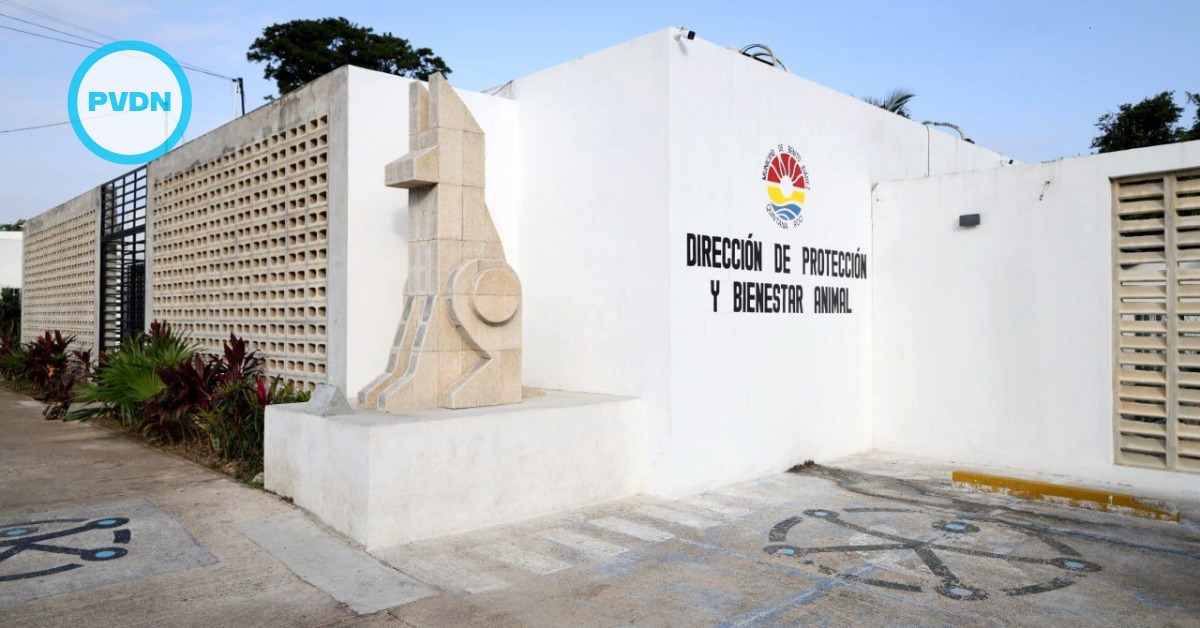Dear Daily Vallarta Readers and Movers, In this February 2015 column, I am going discuss and describe a hot topic that is trending in yoga/fitness/movement circles: the topic of STRETCHING. This column will: (1) look at commonly accepted definitions of stretching (2) introduce a …






